bestfootdoc
Displaying items by tag: bestfootdoc
Dr Brandon Nelson, A Board-Certified Physician & Surgeon Discusses Burning Pain in Your Heel
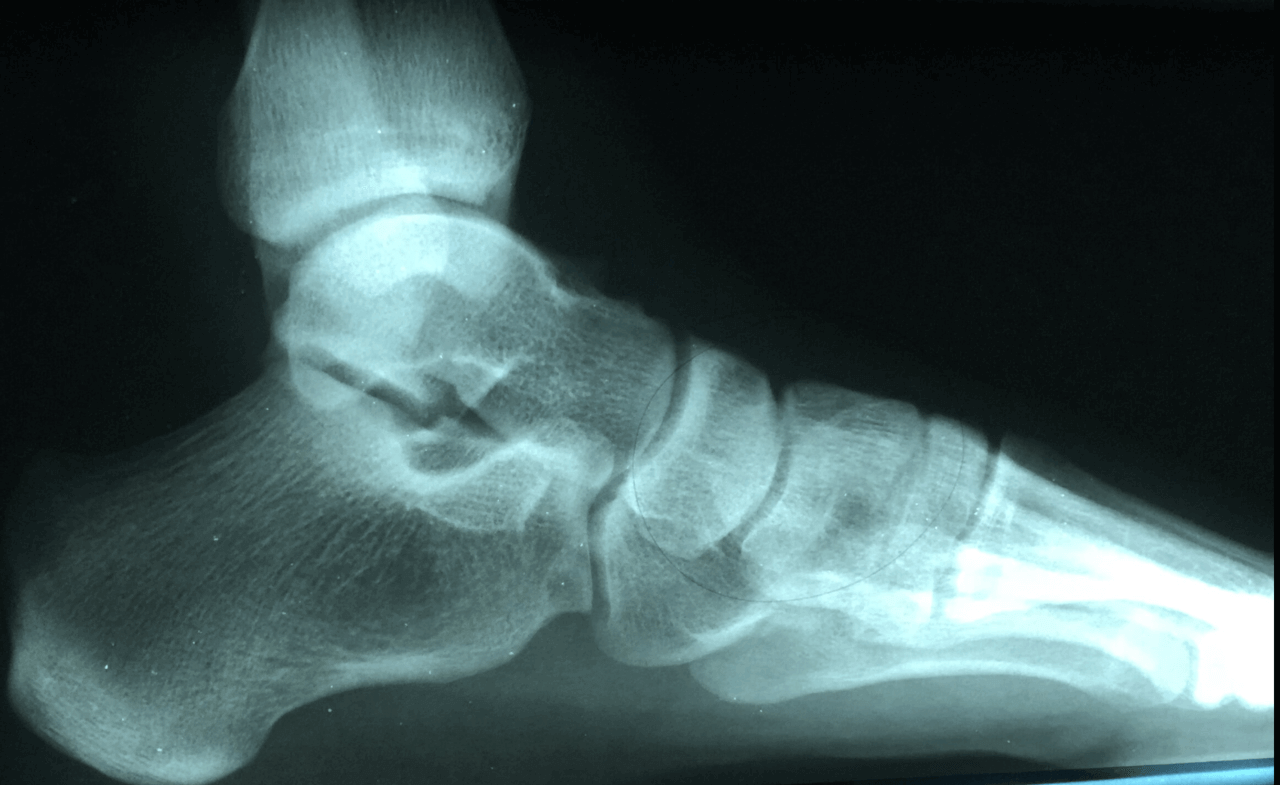
Have you experienced burning in your heel? Does your heel feel like it is on fire? Are you getting pins and needles in your heels? This could be a condition called Baxter’s neuritis or an entrapped nerve in your foot. This can often be confused with plantar fasciitis and the two can be difficult to distinguish.
I saw a few patients this last week that had Baxter’s neuritis and it made me want to write a few words about it. This condition was brought to popularity by Dr Baxter and prior to that this pathology was often thought of as plantar fasciitis. It should be noted that many patients I see have both conditions present. The most notable difference seems to be the burning pain and radiating nerve pain that can be reproduced by tapping the nerve. However, a nerve study can be helpful to confirm the diagnosis and help with planning treatment.
There are a few conservative measures that can provide pain relief. Orthotics, injections, and some medications prove to be successful. However, some patients do not find any improvement and surgical decompression of the nerve is done at that point. The constricting structures around the nerve are freed up and the pain typically resolves. I always recommend trying conservative measures first before considering surgical intervention.
If you have burning heel pain I can help, call to make an appointment with me at 425-391-8666 or schedule an appointment online.
carpet cleaning seattle
Sincerely,
American College of Foot & Ankle Surgeons
Dr Brandon Nelson, Discusses the Lapiplasty Procedure for The Best Possible Correction of a Bunion
Dr Brandon Nelson, Discusses the Lapiplasty Procedure for The Best Possible Correction of a Bunion
Bunions can be quite painful for people especially as they get larger and make it difficult to fit in shoes. Bunions tend to get bigger as time goes on and eventually push the other toes out of alignment. But what can be done to stop the bunion or even slow it down?
Many people want to know what can be done from a conservative standpoint to slow a bunion. I have seen all sorts of devices to pull the toes around to try and straighten a bunion. But, it should be known that the bunion is a bony pathology that is related to a change in position of the bone. This makes it impossible to apply something to the outside of the foot to fix a bone on the inside. However, there are a few things that can slow down a bunion. Most important is to understand a bunion gets larger the more pressure that is exerted on it.
Meaning the more you walk the bigger the bunion gets. This is where conservative therapy begins. The best now measure to intervene here is a prescription orthotic for bunion correction. I am not talking about an insert from a shoe store or online this must be done by a physician. This is a prescription medical device where biomechanical measurements and 3-D measurements of the foot are taken. The good news about this is most insurances cover this device as long as it is prescribed by your foot and ankle physician.
Surgical correction is the ultimate stop gate to the bunion getting bigger. There are many options for surgical correction but the one moving to the forefront of medicine today is the Lapiplasty. This procedure is based upon the Lapidus which has been utilized for almost 100 years. This is a tried and true method for getting amazing bunion correction and providing lasting results. If you have a bunion I can help. Give me a call at 425-391-8666 or make an appointment online today.
Sincerely,
Dr Brandon Nelson
Dr Brandon Nelson, A Board-Certified Physician & Surgeon Discusses Bunion Surgery and How to Recover Faster
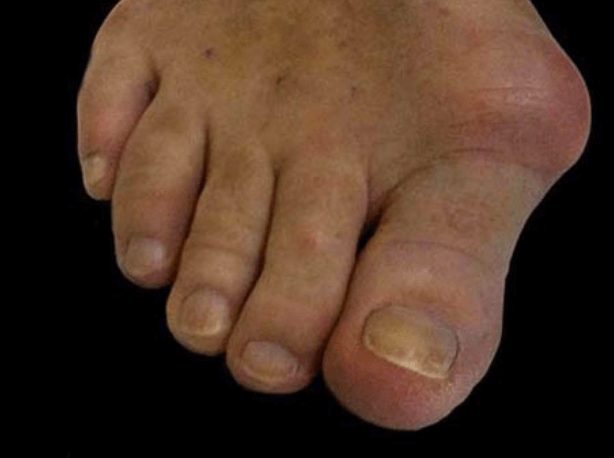
Bunion surgery is one of the most common procedures done in the United States. It is recommended most of these are done in an outpatient setting and patients can go home the same day. Most procedures are done in about 2 hrs and patients can walk in a protective boot. Most bunion procedures involve cutting bone or realigning joints.
Since bone is cut it is important to take calcium or a bone healing supplement. These can help decrease healing time and make recovery much easier. Additionally, I like my patients to use a bone stimulator and remain home for the first couple days. Sacrificing a little time on the front end of the surgery can make recovery much easier. Another supplement like collagen can help with skin healing and provide better scar appearance.
The vast majority of bunion surgeries can be done in our office. A mild anesthetic and a little bit of local anesthetic will provide enough comfort to sleep right through the procedure. Having it done in our office setting, in a sterile environment, provides large cost savings and time savings for patients.
If you have a bunion and are in pain, I can help. Make an appointment today with me at 425-391-8666 or contact us online.
Sincerely,
Dr Brandon Nelson
American College of Foot & Ankle Surgeons
Dr Brandon Nelson, A Board Certified Physician & Surgeon, Discusses Burning & Tingling in the Feet
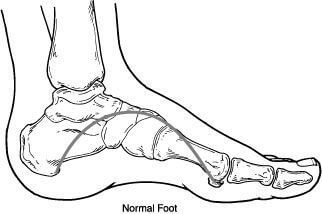
Burning and tingling can be very uncomfortable for anybody, especially when it occurs in the feet. We often think of nerve issues when we hear this type of presentation from a patient. Stabbing, burning and tingling are all sensations that can be attributed to dysfunctional nerves. These types of symptoms can occur with rest or even after exercise. I encourage you to seek help earlier with nerve type pains.
The most common cause of nerve pain is diabetes. Diabetes can cause nerve sensitivity, a term referred to as neuropathy. Most patients with neuropathy, more specifically diabetic neuropathy usually have a long term history of elevated glucose levels. The neuropathy can present in both hands and feet.
Another common cause can be compression issues around nerves. Most people have heard of carpal tunnel, a nerve dysfunction that occurs in the wrist, well you can get the same scenario in the ankle or foot. This happens when soft tissue structures press on nerves and the nerves swell and become inflamed and the usual result is numbness or tingling.
Neuromas are another big cause of burning in the feet. These usually are more common in females and present with ball of foot burning. The most common area affected from a neuroma is the 3rd and 4th toes. Typically we see the pain is better without shoes and can increase with shoe pressure.
If you are suffering from numbness, tingling or burning I can help. Please call and schedule an evaluation today 425-391-8666 or make an appointment online.
Sincerely,
Dr Brandon Nelson
Dr. Timothy Young, a Board-Certified Foot Surgeon, Discusses Plantar Verruca and Porokeratosis
Typically, this skin infection develops additional blood vessels through a process called angiogenesis. Therefore, it is classic for plantar verruca have multiple punctate or pinpoint patches of dried blood or eschar, and during the examination when we lightly remove the superficial layer of the verruca and callused area, we see pinpoint bleeding. This pinpoint bleeding is very helpful to accurately diagnose these as plantar verrucae. There is a similar appearing lesion that is often called a porokeratosis.
If you are experiencing foot or ankle pain, give us a call at 425-391-8666 or make an appointment online today.
Dr. Timothy Young, a Board Certified Foot Surgeon Discusses Sesamoid Problems – Part 2

Dr. Timothy Young, a Board Certified Foot Surgeon Discusses Sesamoid Problems – Part 2
Problems with the sesamoid bones in the foot can be an overuse injury. As mentioned previously, some sports have higher association of sesamoid problems, such as dance. The injury and damage to the bones can range from inflammation of the soft tissue around the sesamoid bone and capsule. We call this sesamoiditis. Further damage could lead to fracture of the bones and this is often readily seen on an x-ray. The problem is that some individuals have sesamoids that, are as 2 separate bones or portions from birth (congenitally)
Therefore, it can be difficult to determine if it is a fracture or if it is a structural congenital condition. This is called a bipartite sesamoid when it is a congenital structural condition with 2 separate bones. Additional problems may include damage to the blood supply of the bone or avascular necrosis. This can be difficult to diagnose and often requires an MRI. A typical office based examination would include x-ray evaluation of the sesamoid bones. As mentioned this can clearly diagnose many fractures or arthritic conditions of the sesamoid bones. More subtle changes can be seen with ultrasound imaging. And as mentioned, an MRI is very useful for sesamoiditis especially if there is concern over potential avascular necrosis.
If you are experiencing foot or ankle pain, give us a call today at 425-391-8666 or make an appointment online today.
Dr. Timothy Young, a Board Certified Foot Surgeon, Discusses How to Enhance Results of Hallux Limitus Surgery with a Cheilectomy
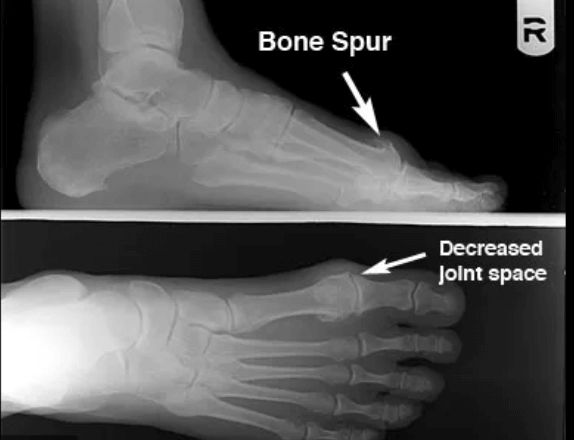
Dr. Timothy Young a board certified foot surgeon discusses how to enhance results of hallux limitus surgery with a cheilectomy.
If you have arthritis of your great toe joint or questions about potential surgery or procedures for this please request a consultation at our clinic. Give us a call today at 425-391-8666 or make an appointment online today.
Dr Brandon Nelson, A Board Certified Physician & Surgeon, Discuss Bunion Surgery

Bunion surgery is probably the most common procedure I execute. Most bunions can be fixed in about 2 hours and provide great long-term results. The most important factor is to have a thorough workup and x-rays to evaluate the foot. Once the foot and x-rays have been done then a plan for surgical or conservative care can be formulated.
If surgical intervention is called for, our office has an onsite surgery center which can save the average patient thousands of dollars as compared to free standing ASC’s or the Hospital. Our certified surgery center provides the best possible patient experience and has been functioning for over 15 years. If you have a bunion and have been contemplating what to do, I can help. I really enjoy helping people with bunions. Please make an appointment and we can discuss your options. Give us a call at 425-391-8666 or make an appointment online today.
Sincerely,
Dr. Brandon Nelson, A Board Certified Foot & Ankle Surgeon and Physician, Discuss Big Toe Pain
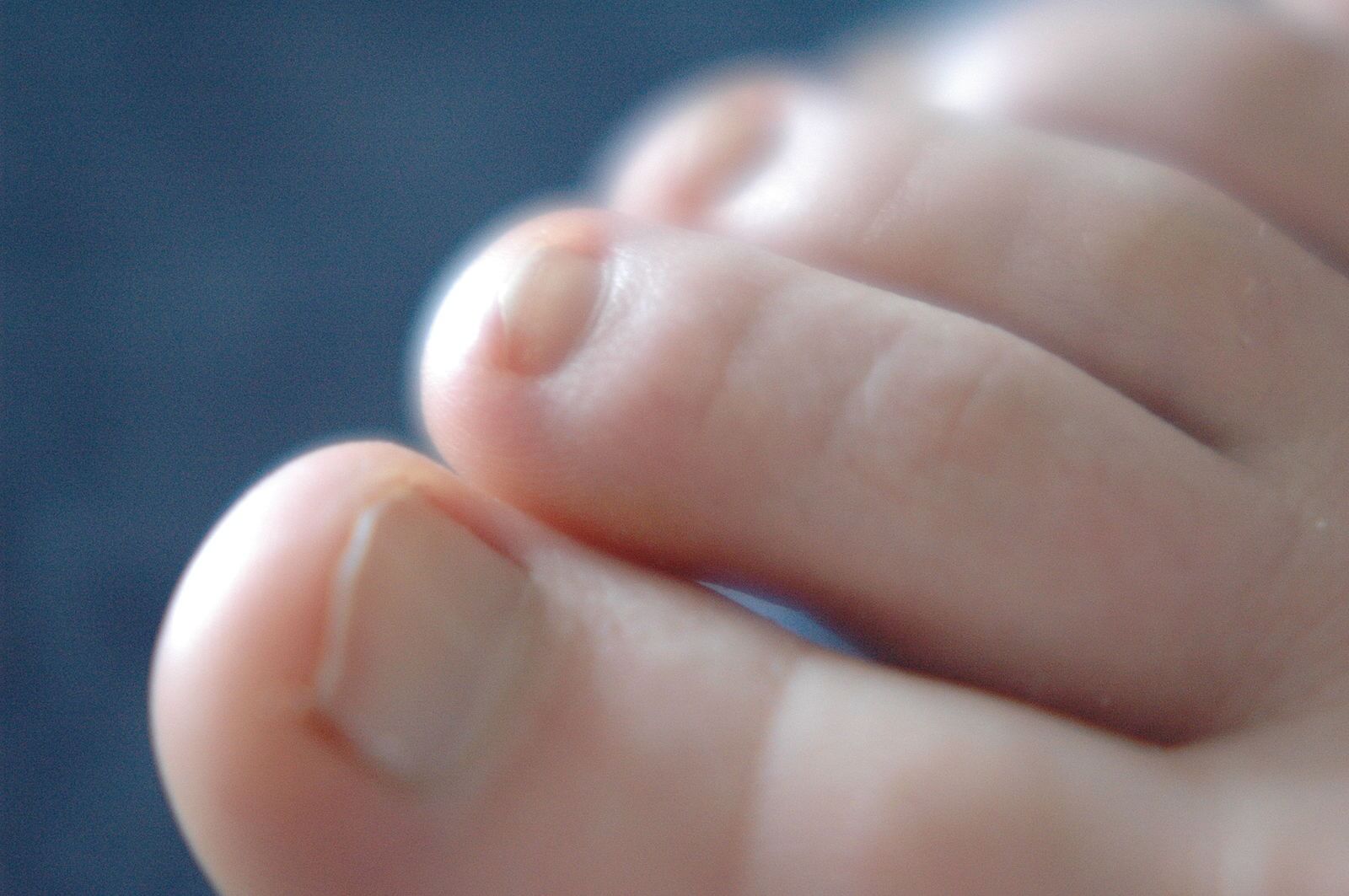
The big toe or 1st metatarsal phalangeal joint is one of the major weight bearing joints in the foot. It is utilized in the normal gait cycle and normal supports approximately 80% of the body weight with each step. With the average person walking 110,000 miles in a lifetime this can be quite a challenge if you are experiencing toe pain. There are a few major causes of toe pain and we will discuss a couple today, arthritis and bunions.
Arthritis of the big toe is caused from normal wear and tear of the joint or from a sustained injury. This can result in losing cartilage in the joint and a person begins to experience pain and swelling. The toe joint can often enlarge and every step can become painful. An x-ray is extremely helpful in establishing a diagnosis and a treatment plan. This is a common pathology of the 1st MTPJ that causes arthritis called Hallux Limitus. This is a result of abnormal pressures in the joint and can progress with time. There are quite a few options available to help this condition.
Bunions are another common reason a big toe can be painful. With a bunion you will see the toe is deviated and often appears to have a large bump. Most people will have a family history of bunions. Bunions as well become larger with time and increasingly painful. Again, an x-ray can be helpful for coming up with a treatment plan. A large majority of bunions end up requiring surgery to fix.
If you are having big toe pain, I can help. Give us a call at 425-391-866 or make an appointment online today.
Sincerely,
Dr Brandon Nelson, A Board Certified Foot & Ankle Physician & Surgeon, Discusses Achilles Tendon Pain
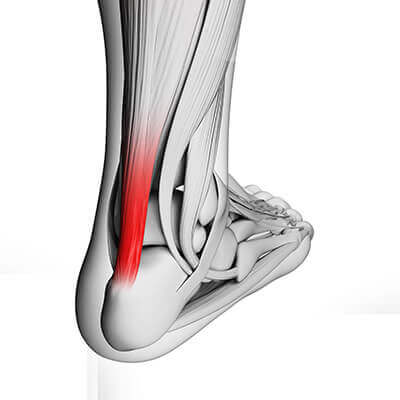
If you are an athlete at some point you have probably experienced Achilles tendon pain. Most people will have this type of ankle pathology after starting a new program or ramping up their current workout schedule. I personally have dealt with some insertional Achilles tendon pain and will give some insight as to what can be done to get you back to full speed.
It is important to know that the Achilles tendon is the biggest, thickest and strongest tendon in the human body. It has more pressure per square inch than any other tendon and is constantly under load and tension. Every time you step the Achilles tendon fires so it rarely has an opportunity to relax. This is the primary reason it is common to have tendonitis in this location.
Other factors contributing to this can be related to training issues or foot structure issues. Training issues are usually related to plunging into new techniques or training to hard. It is important to build up to new levels and allow adequate recovery to prevent tendonitis. I also am a big proponent of stretching and icing as this can speed recovery. Foot structure or anatomical design can also have a role in this pathology. Oftentimes patients will have a tight calf that they were born with. It is important to establish a stretching protocol that encourages at a minimum of 3 times a day. Other foot structures that cause Achilles issues are high arched feet or the cavus foot. These type of feet tend to overload the Achilles.
If you are suffering from Achilles tendon pain I can help get you back to full speed. Give us a call today at 425-391-8666 or make an appointment online.
Sincerely,
Board Certified Foot & Ankle Physician and Surgeon



